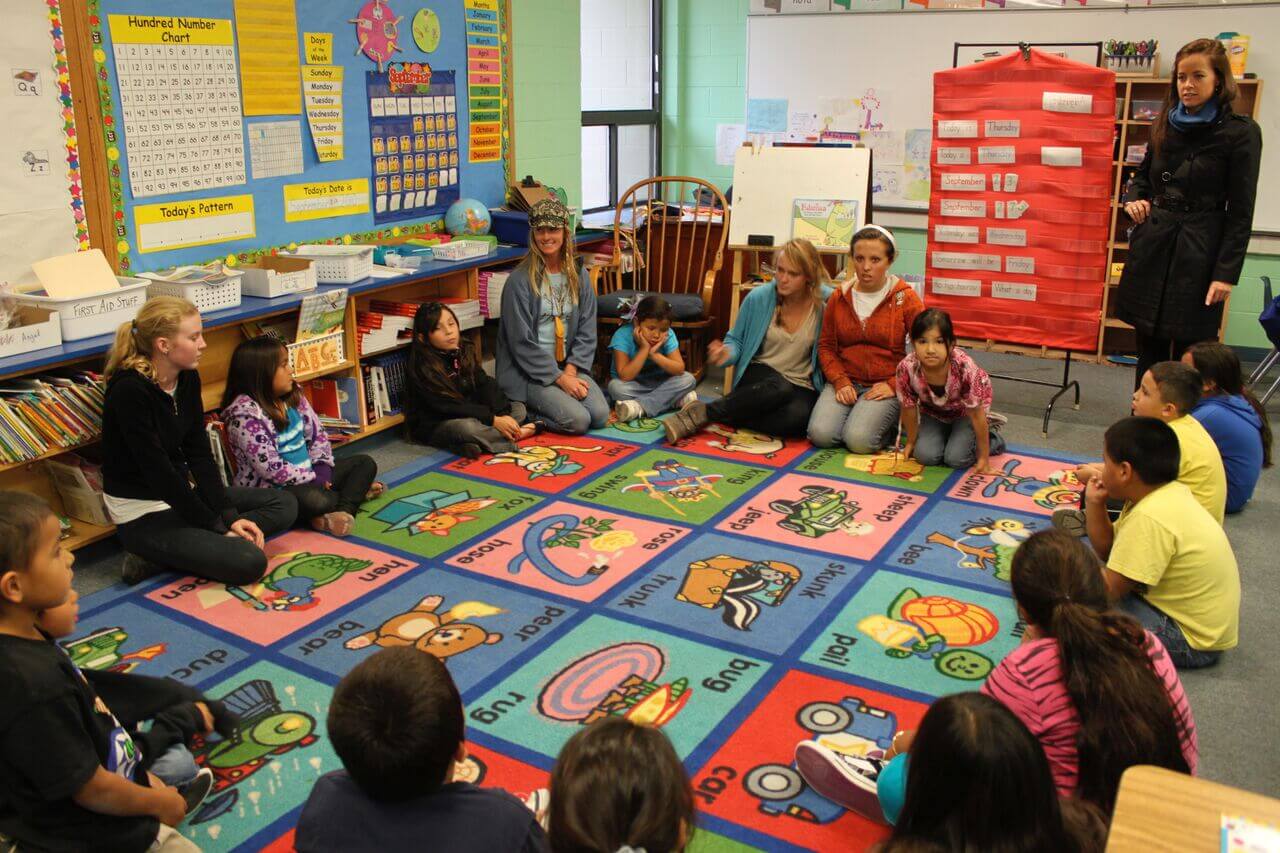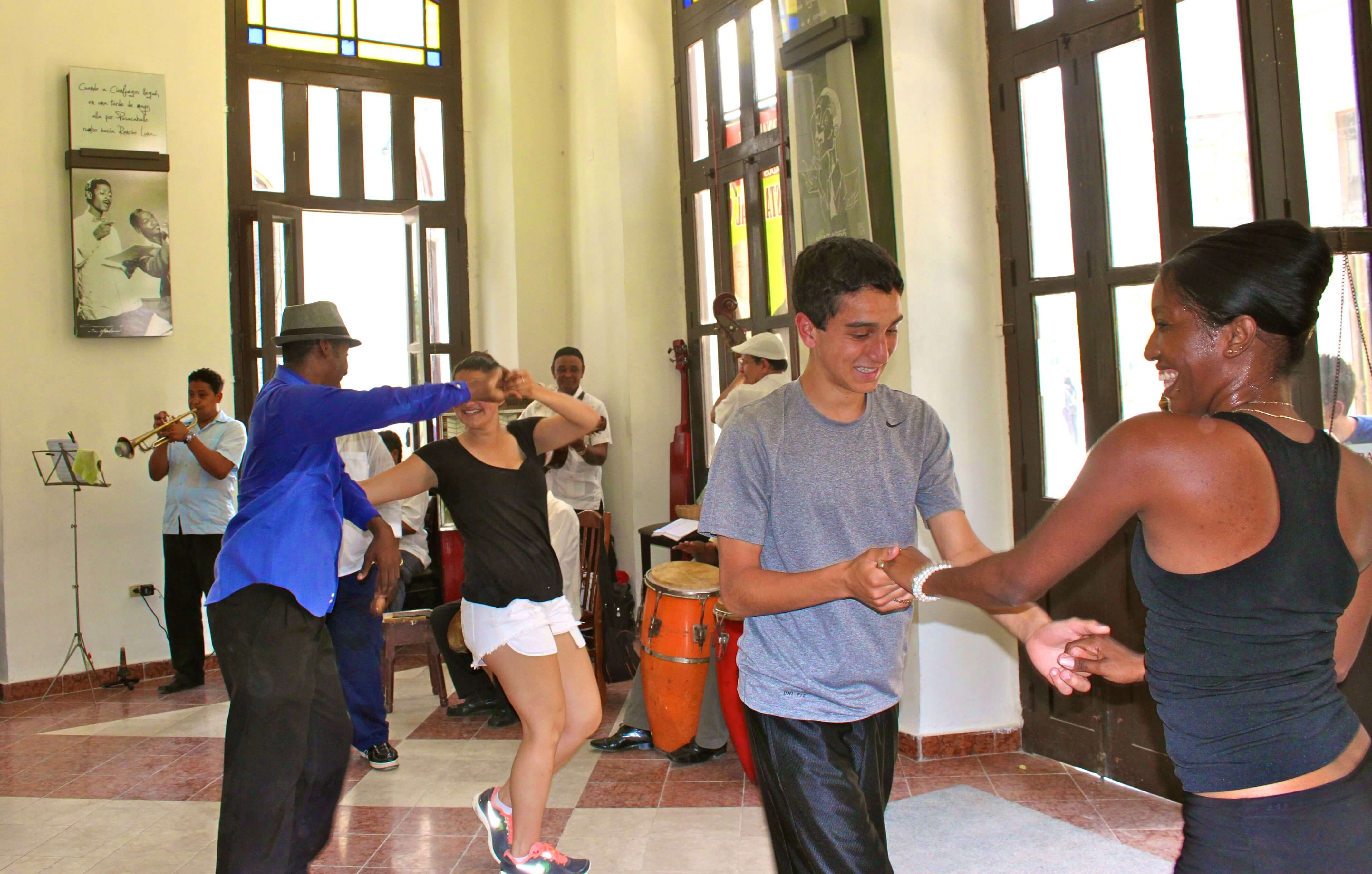“We must recognize that our children and students need to know we appreciate who they really are, not just some vision we have for who they are supposed to be.”
Benchmarking schools and students is widely practiced throughout mainstream education. It is by far the most popular way for educators and administrators to gauge student proficiency and performance. When we say “Benchmarks,” we are referring to measurable standards set for information retention by age and/or grade level. Benchmarking begins at a very young age… as young as kindergarten in schools all across the United States.
With the implementation of the No Child Left Behind Act (NCLB) in the early 2000’s, benchmarking through heavily standardized curricula and testing has come to define “success” where students and the institutions that educate them are concerned. Does this mean benchmarking is the best way to facilitate learning, growth and holistic betterment for children as both learners and informed citizens?
Despite its popularity, no, it does not. In fact, the ever-growing body of academic research indicates the way many schools choose to benchmark education inhibits social and behavioral growth processes in learners of all ages, backgrounds and cognitive abilities.
Examples of Benchmarks in Education

“Waiting for a developmental skill to emerge in its own time seems just too passive in the 21st century. It leaves many parents today to conclude that pushing will work better than supporting. They wonder only how hard to push, not whether to push at all. What is the better solution? Don’t push —period… Not pushing is important especially if you want your children to trust you and feel secure.” —Kyle D. Pruett M.D. [1]
Two of the most prominent examples of benchmarks in education currently are:
- Age-Segregation: Same-age gatherings became common only relatively recently, with the rise of age-graded schooling. More recently, a proliferation of age-graded, adult-organized activities have taken over most of children’s outside-of-school time. Over the history of our species, children’s social play normally occurred among individuals of different ages, often widely different ages. Today, most researchers who study children’s interactions of any type do so in age-segregated settings, despite educated input to the contrary on the part of many child psychologists and anthropologists.
- Grade Levels and Grade-Level Standards: Mainstream education in America is a multibillion dollar industry that is mandatory for children in order to mold them into functionally literate, achievement oriented adults. It defines success as reaching thousands of specific benchmarks at pre-appointed ages. We expect children to reach “grade level standards” while being watched by adults trained in administering benchmarking instruments —a new concept of “teacher.” However, the people who devise and measure these benchmarks do not work in schools or with students. They work for corporate contractors, universities, and district offices. They also have more influence, and receive more compensation than the teachers who work with students.
The Democratic Free School Movement
“Age mixing in children’s play would probably have occurred during 99 percent of our species’ history.” —Peter Gray, Ph.D.
Benchmarks in education, like the two discussed above, exist despite the fact that age and grade level are not indicative of a learner’s emotional, cognitive and/or physical maturity level(s). For example, girls reach puberty at anywhere between the ages of 9 and 15 (a 6-year range) and boys generally reach puberty at around 12 to 16 (a 4-year range). This is why it is vitally important for schools to begin bridging the gap between formal educational processes and how learners are naturally geared to process the world they live in, and how they grow as people.
A growing number of small schools, especially those in the Democratic Free School Movement, are currently addressing this need. These schools give no tests, record no grades or other involuntary benchmarks, have no mandatory grade levels, and demand no class attendance. Regardless of the lack of “classical” structure, these schools routinely place students into higher education (colleges), where they have no difficulties whatsoever succeeding with flying colors versus their functionally trained counterparts. [2]
Eliminating Age Segregation in Schools

“Research indicates that heterogeneous grouping promotes cognitive and social growth, reduces anti-social behaviour, and facilitates the use of research-based developmentally appropriate instructional practices such as active learning and integrated curriculum. The wider range of ages and abilities in a multi-age classroom discourages misleading age-graded expectations and helps teachers focus on students’ individual learning needs.” —J. Gaustad [3]
There are many benefits to eliminating age segregation in schools. Research clearly shows that small schools with less than 250 students feature much more age-mixed mentoring than classical schooling. The Small Schools Coalition research archives show that eliminating age segregation in schools allows students of different age groups to help their peers grow as learners and leaders alike. This is because age mixing fosters the development of natural, authentic connections. Four main benefits to age mixing in classrooms are [4]:
- Younger children actively use older children to develop skills and to acquire knowledge.
- Mixed-age play offers unique opportunities for creativity and the practice of skills.
- Age mixing provides opportunities for children to find others of matching skill levels.
- Older children actively assert responsibility for younger ones and develop an understanding of that responsibility.
Blowing Past Educational Benchmarks in Small Schools
Small Schools are fertile environments for helping students develop values like personal motivation, freedom, courage and empathy. Small schools, including our friends and members have the ability to choose which (if any) benchmarking guidelines they follow…. at the behest of the bureaucrats and lawmakers (many of whom have no actual educational credentials) that set “cookie-cutter” curricula and procedures in motion that determine what constitutes “good education.”
We enjoy the curricular flexibility and freedom that allows us to pull from some of the great philosophies of education. In doing so, we cultivate empowered, emancipated learners and leaders with the skill sets and mindsets necessary to overcome the unique challenges of our diverse, ever-evolving global community. Or, as a parent at one of our member schools, the Grauer School in Encinitas, so perfectly put it:
“I was stunned when my son’s first kindergarten report card arrived, stating he was performing ‘below grade level’ in reading. I wondered: does he sit calmly during circle time and listen to instructions? Does he play cooperatively with his peers? Perhaps those would be more appropriate criteria for success in kindergarten?”
If you would like to discuss the benefits of blowing past benchmarks in education, or if you would like to become a member of the Small Schools Coalition, we welcome you to contact us!
[1] “The High Price of Pushing Kids Too Hard“, Kyle D. Pruett M.D., Psychology Today, January 25, 2016.
[2] “The Special Value of Children’s Age-Mixed Play“, Peter Gray, American Journal of Play, Spring 2011.
[3] Gaustad, J. (1997). “Building Support for Multi-age Education.” ERIC Digest #114, June 1997.
[4] Feldman, J., Gray, P. (1999). “Some Educational Benefits of Freely Chosen Age Mixing Among Children and Adolescents.” Phi Delta Kappan. Vol. 80, No. 7, 507-512.


Recent Comments